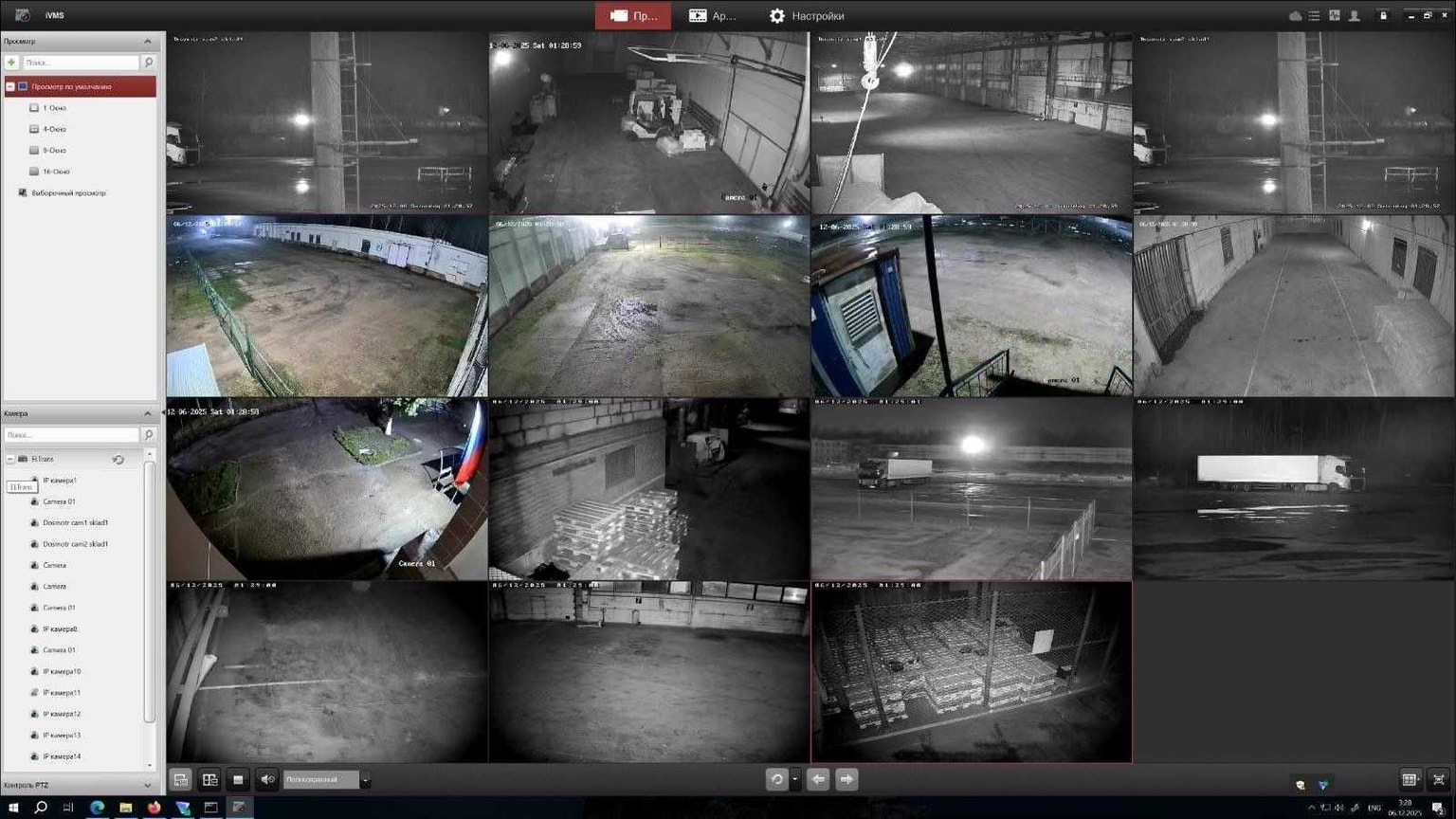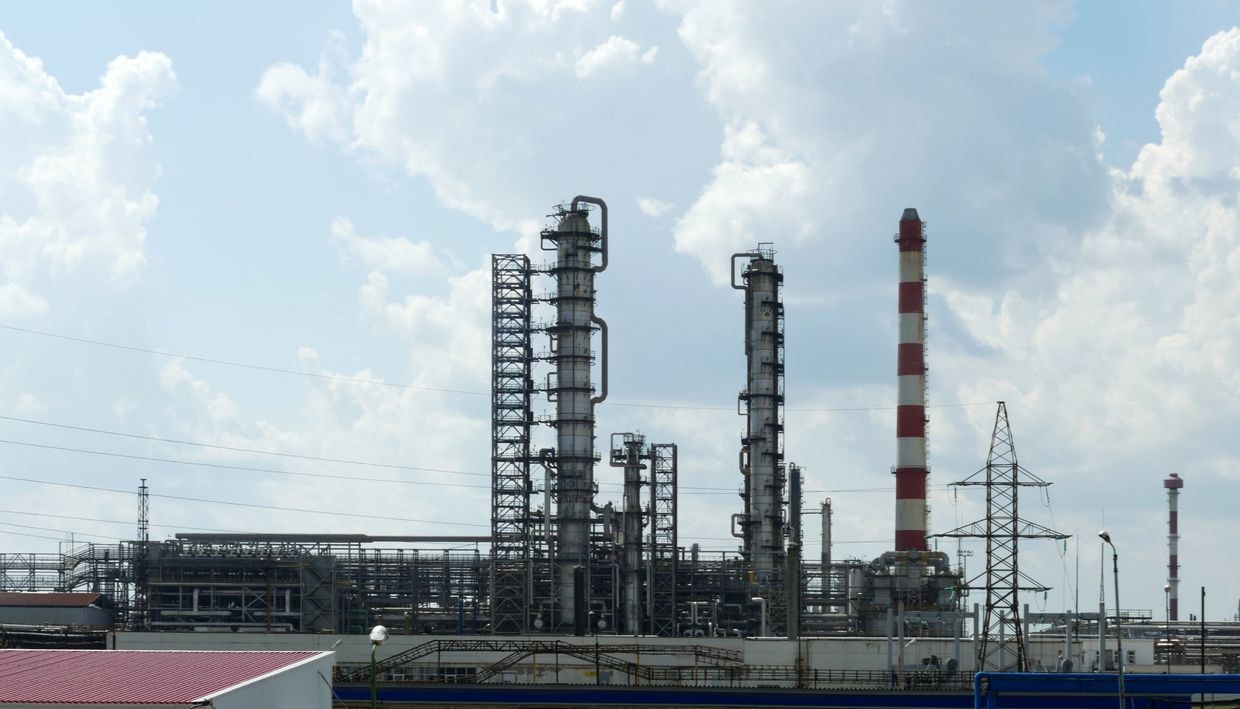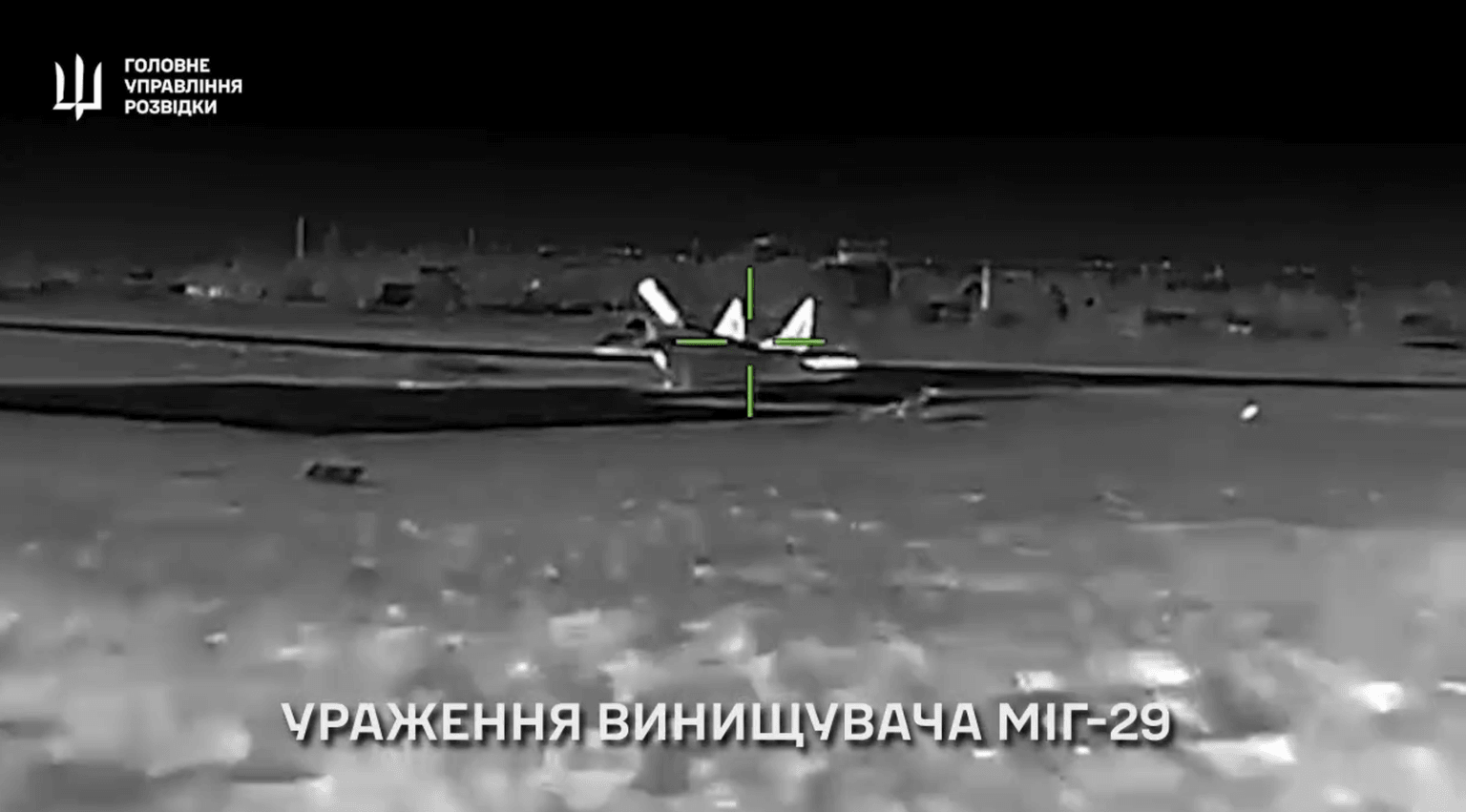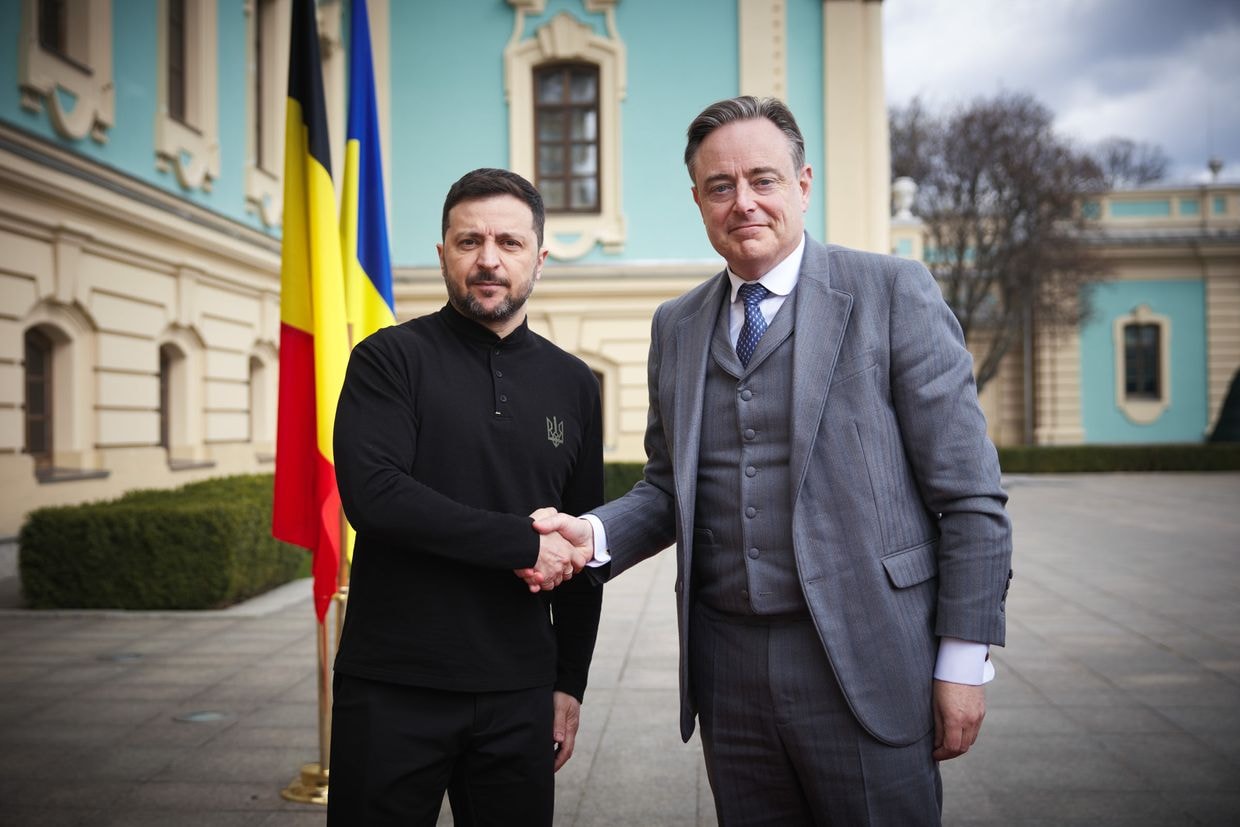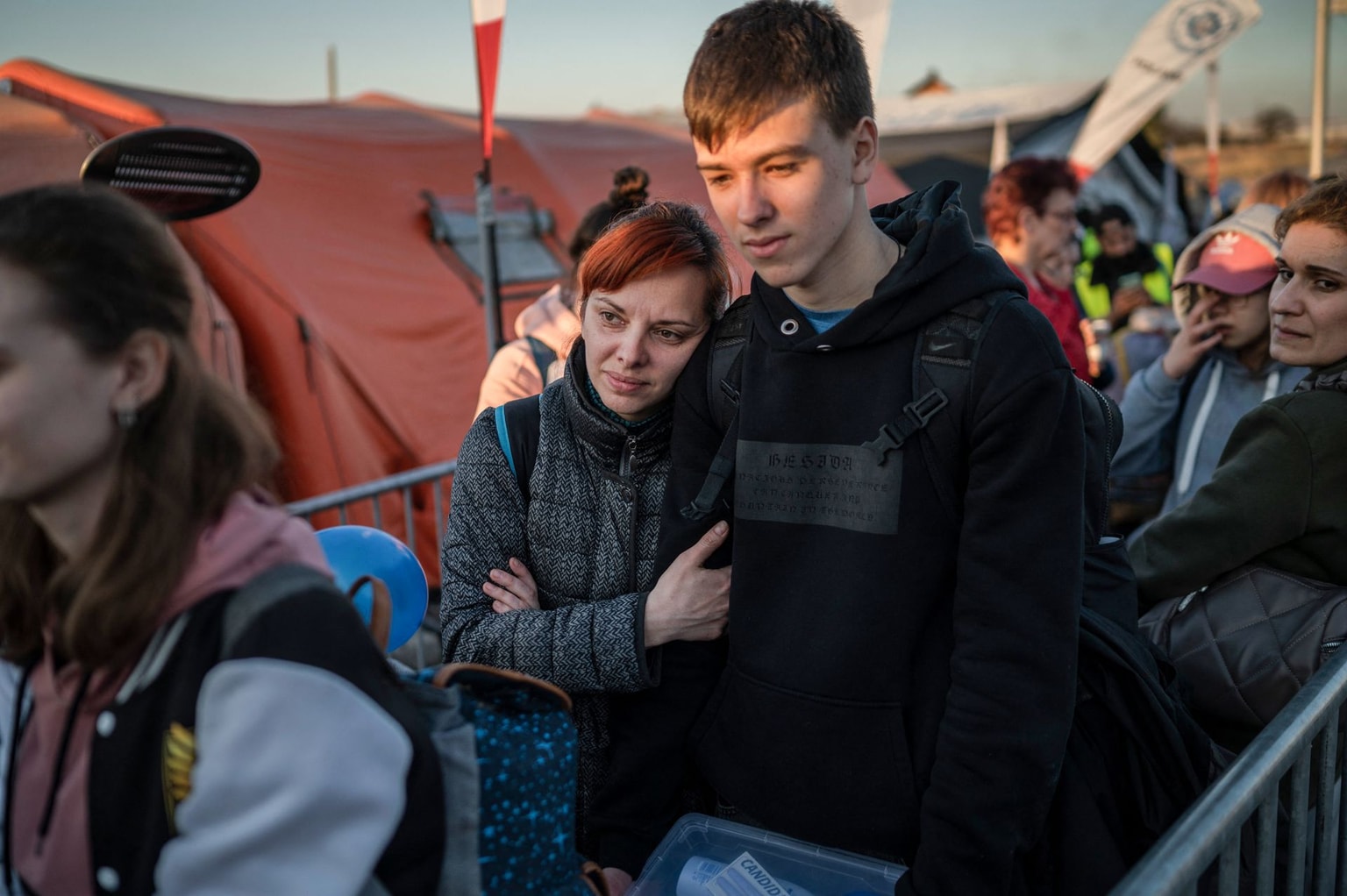Next Ramstein meeting may be its last, Polish defense minister says

Polish Defense Minister Wladyslaw Kosiniak-Kamysz announced on Jan. 8 his participation in the upcoming Ukraine Defense Contact Group (UDCG) meeting on Jan. 9, hinting that it could be the group's last meeting in the current format.
Kosiniak-Kamysz said the format might change after President-elect Donald Trump takes office on Jan. 20. Trump has signalled his intention to break with the current U.S. strategy concerning Ukraine.
The UDCG consists of over 50 countries, including all 32 NATO members, that convenes at the U.S. Ramstein Air Base in Germany.
"I believe NATO should take on a greater burden," Kosiniak-Kamysz said, citing its expanded role in activities such as defending Polish Rzeszów–Jasionka Airport, a key logistics hub for resupplying Ukraine.
The Jan. 9 meeting will focus on strengthening Ukraine's defense capabilities through 2027, including air force, armor, artillery, drone, de-mining, missile defense, and maritime security needs, according to a Pentagon statement on Jan. 7.
Kosiniak-Kamysz praised U.S. Defense Secretary Lloyd Austin, the architect of the Ramstein format, for his steadfast support of Poland, U.S. troop presence in the country, and aid to Ukraine.
"This (Ramstein) format is broader than NATO, and its success is thanks to Austin’s leadership," he said.
NATO has already begun transitioning to greater involvement, with member states agreeing in June to pass partial control of weapons supply coordination to Kyiv — a move aimed at ensuring continuity under shifting U.S. leadership, according to Politico.
Trump’s plans for the UDCG remain unclear, though his comments blaming President Joe Biden for provoking Russia’s invasion by supporting Ukraine’s NATO aspirations have stirred debate.
The incoming administration has yet to provide a detailed framework for its proposed ceasefire negotiations or changes to military aid programs.
The Jan. 9 meeting will serve as a pivotal moment for international efforts to sustain Ukraine's defense amid uncertainty over U.S. policy shifts.



